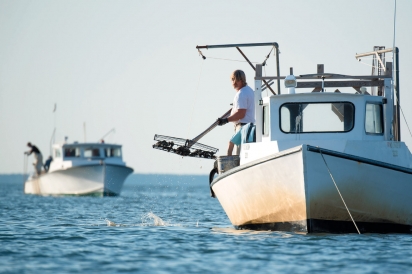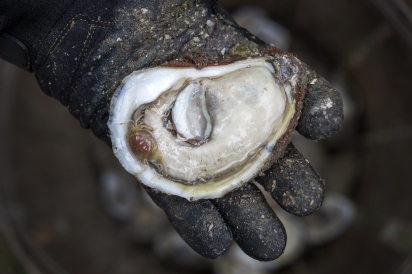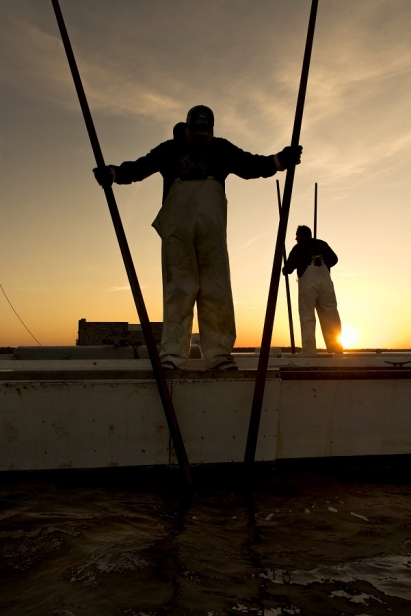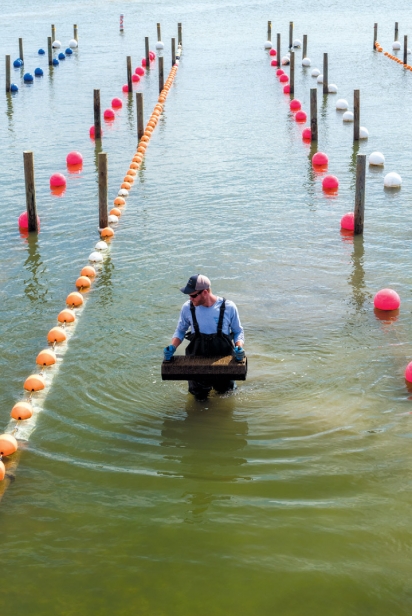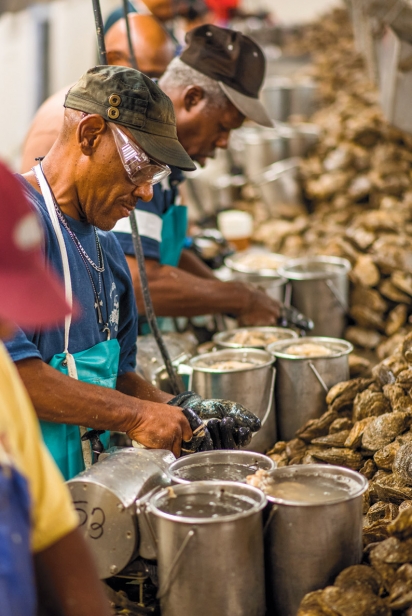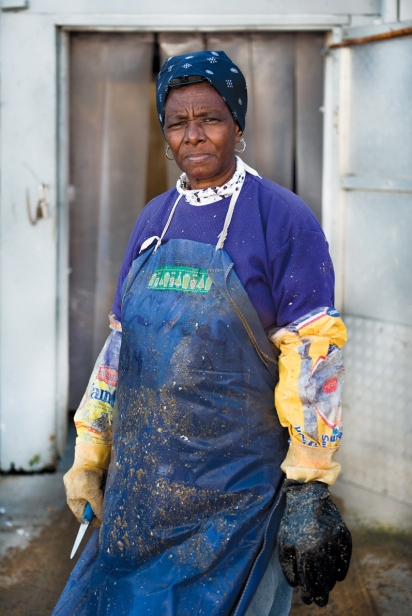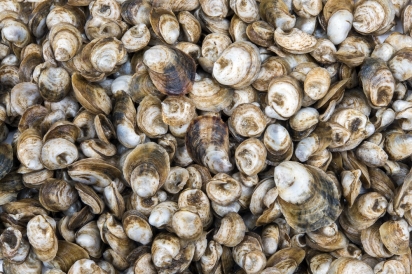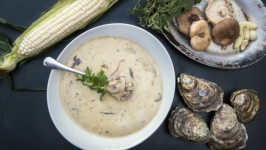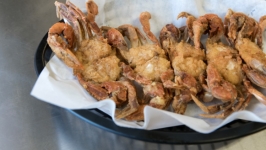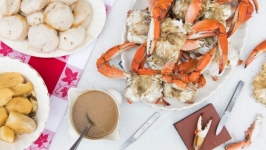Chesapeake Oystering
A Gift from the Bay
For some, oysters mean a special-occasion evening served up with white tablecloths and champagne. Others are introduced at local oyster bars and buck-a-shuck nights. But behind those glistening slips of briny goodness resting on beds of ice is an industry that goes back centuries here on the Chesapeake Bay.
In the late 1800’s, shucking houses lined the shores of the Chesapeake to meet the booming demand for oysters. As supply decreased, watermen expanded to harvesting other fish and seafood and shucking houses closed. Today, eff orts to restore the rich oyster beds of the Chesapeake are having an impact, and a handful of shucking houses are again doing a brisk business.
Oystering is hard work, and while there is art and poetry in the harvesting and in the shucking, the days are long and the environment gritty – and about as far as you can get from sterling trays and wedges of lemon on dainty forks. But it is here that the marvel and mystery of the oyster can be best appreciated.
There is beauty in the cadence and rhythm of the watermen as they pull in ‘licks’ of oysters at first light. In the practiced preparations to meet buyers of the day’s haul. In the sorting of what gets shucked and what goes to market whole. And in the blur of shuckers’ hands as they work magic on the gnarly shells with skills – and tools – passed down for generations.
The heady taste and singular ‘merroir’ of a Chesapeake oyster is like no other. On these shores, photographer Jay Fleming celebrates the watermen, brokers, shuckers, and chefs who respect and revere this humble, ancient gift from the Bay.



